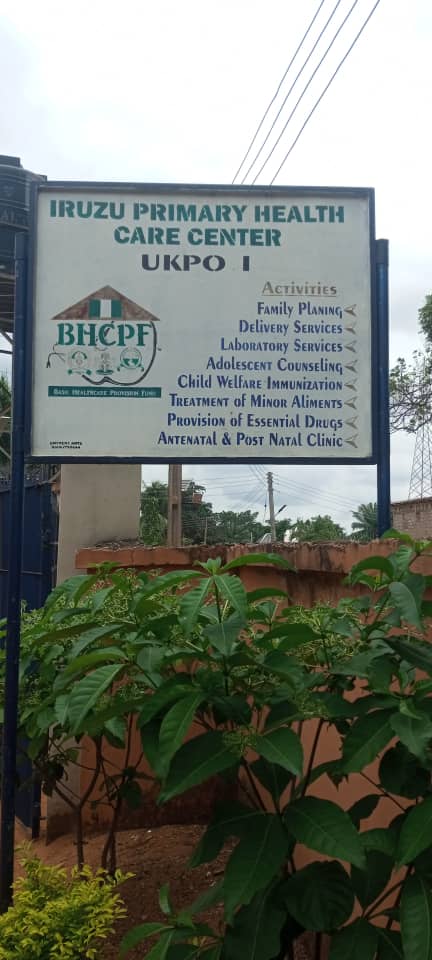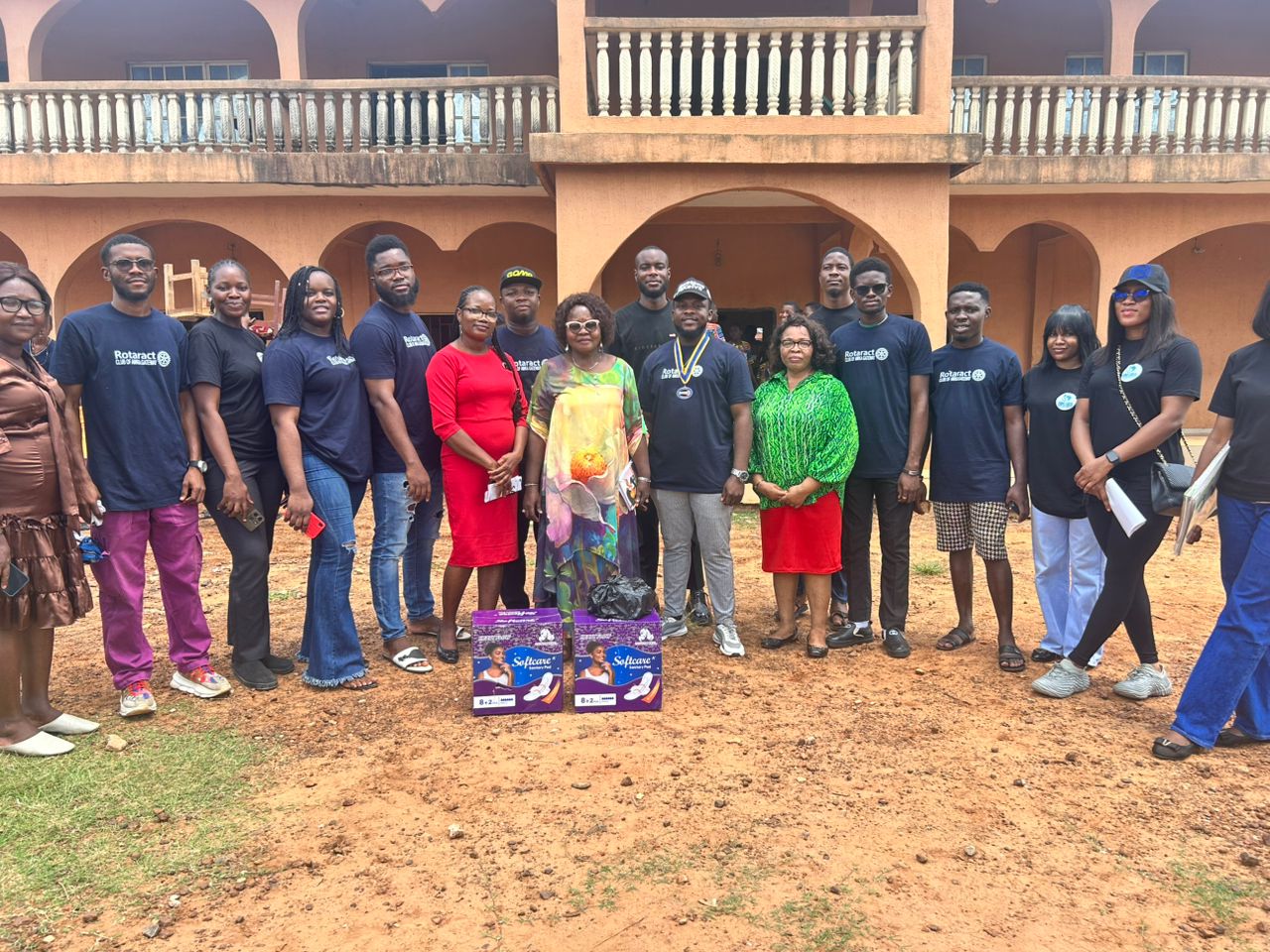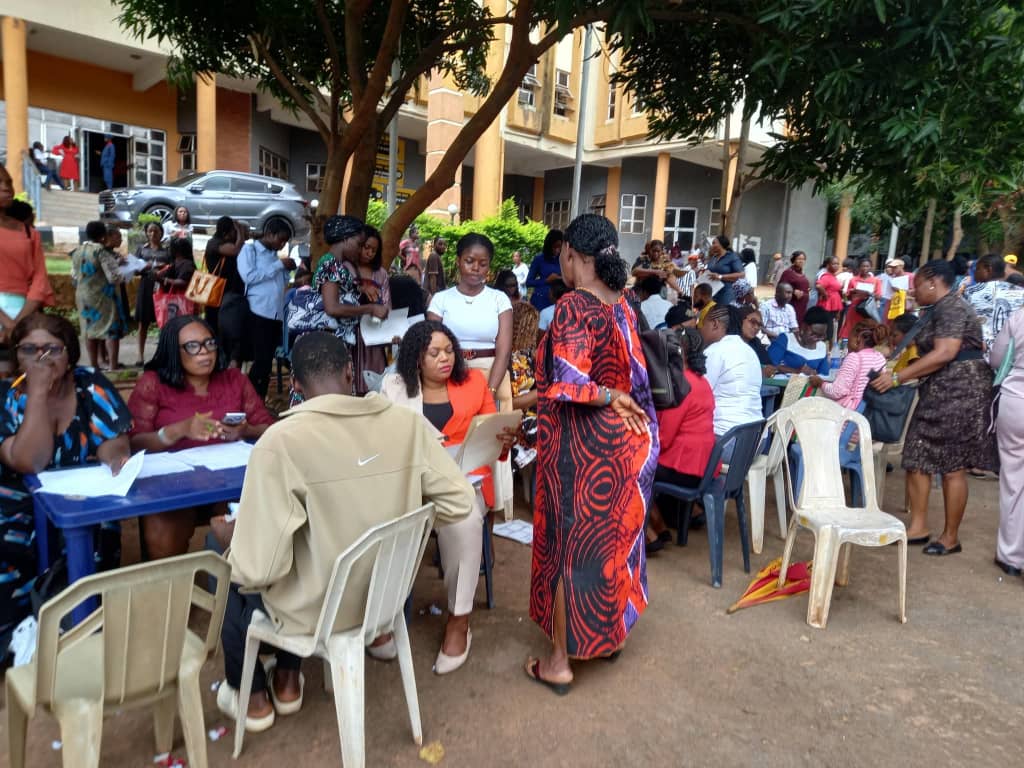Alfred Ajayi
From the first to the third trimesters of her pregnancy, Chika Onyekonwu’s journey at the Nneogidi Primary Health Centre (PHC) in Agulu, Anaocha Local Government Area, was uneventful. Routine checkups yielded no signs of trouble, and anticipation of a safe, normal vaginal delivery was high. But on her due date in May 2025, an unexpected surge in her blood pressure threatened the lives of both mother and child.
It was a defining moment for Anambra State’s newly launched telemedicine initiative – a bold move to digitize healthcare access in a region grappling with personnel shortages.
According to Nneka Offodile, the Officer-in-Charge at Nneogidi PHC, the situation would ordinarily have triggered a patient referral to a higher-level facility. “Despite all her vitals being stable throughout pregnancy, her BP suddenly spiked during labor. It was alarming,” Offodile said.
“I immediately contacted Dr Agba, one of our telemedicine doctors, who guided me remotely. He prescribed medications, monitored her progress, and provided real-time support until we successfully delivered the baby.”
Offodile acknowledged contemplating a referral, but the doctor’s calm and professional support helped her manage the emergency. “At that odd hour – around 4am – a referral could have been disastrous. I am thankful that we had telemedicine to fall back on.”
Three weeks after the delivery, 29-year-old Onyekonwu was full of gratitude. “Without telemedicine, I might not have made it through. I could not imagine a referral at that time of the day. The care was reassuring, and I now fully trust and recommend primary healthcare services.”
Bridging Gaps in Healthcare Access
Anambra State launched its telemedicine programme on November 30, 2024, as part of Governor Chukwuma Soludo’s broader digital health strategy.
He said, “The initiative is aimed at closing the healthcare access gap, especially in rural and underserved communities, and aligns with the state’s pursuit of Universal Health Coverage (UHC).
The pilot project began in September 2022 at the Comprehensive Medical Centre in Awkuzu, Oyi Local Government Area, which was linked to ten other community health centres. Governor Soludo emphasized that the programme would help bridge the human resource gap worsened by the brain drain in the healthcare sector.
Commissioner for Health, Dr Afam Obidike, called it a well-thought-out intervention: “We are addressing the critical shortage of medical personnel by using technology to bring doctors closer to the people.”
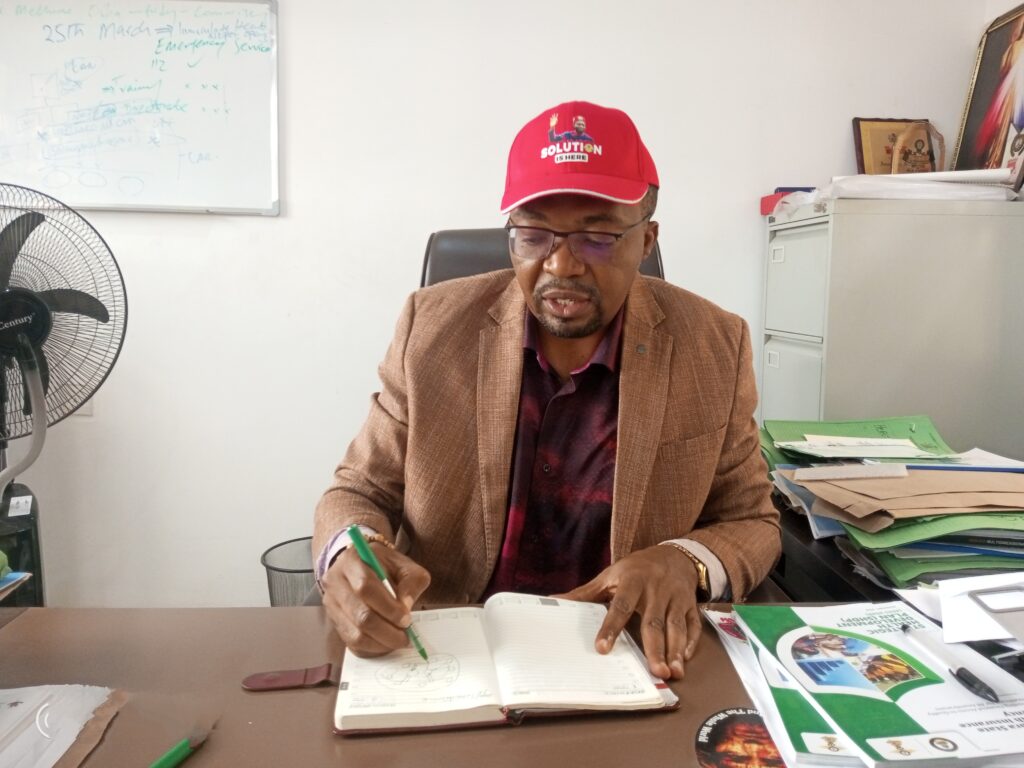
“The first phase links primary healthcare centres to secondary facilities, allowing patients at PHCs to consult qualified doctors remotely.
State Government hired and trained forty-two doctors under a hub-and-spoke model, with two doctors stationed at central hubs covering clusters of PHCs across LGAs,” Obidike explained.
Tangible Impact and testimonials
Telemedicine is already delivering life-saving interventions. Dr Oluebube Agba, one of the doctors covering Anaocha LGA, shared: “Just last night, I managed a very serious emergency from Akwaeze PHC around 1AM. A woman was in labour which the OIC could not manage.
“She called and through my quick intervention, the woman successfully delivered a bouncing baby girl. But for telemedicine, the OIC would refer the woman at that time of the night or push her case aside. It’s one of the proud moments we have encountered in implementing this initiative.
Public trust in primary healthcare in Nigeria has historically been low, largely due to understaffing, lack of equipment, and inadequate service delivery. However, the integration of telemedicine appears to be reversing this trend in Anambra.
Patients now feel reassured knowing they can access expert opinions without leaving their communities. “People used to bypass PHCs and head to private clinics or secondary hospitals. But now, they’re returning because they know quality care is within reach,” Beatrice Iloanya noted.
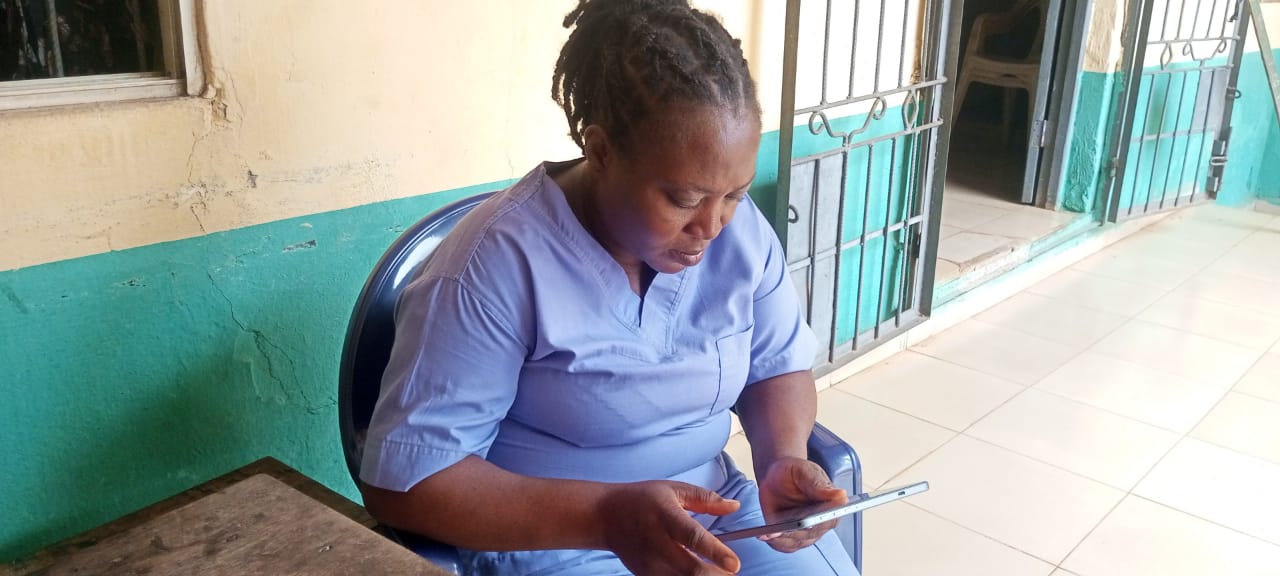
Telemedicine has also helped uncover overlooked health issues. In Obosi, Idemili North LGA, a doctor flagged a suspected Gender-Based Violence (GBV) case that had been mismanaged in a private clinic.
“Thanks to remote intervention, the doctor escalated the case to appropriate authorities.”
The Governor’s wife is reportedly following up on the case, demonstrating the government’s commitment to leveraging telemedicine for broader social protection.
“Last week, Friday, they went to court again for the case, because the wife of the governor is actually pursuing the case.
“The case could have been buried but for the intervention of the wife of the Governor,” Obidike said.
The OIC of Nneogidi PHC, Offodile, added that doctors have assisted her PHC in managing cases such as severe malaria, hypertension in pregnancy, threatened abortion, and elderly hypertension.
Obstacles on the digital front
Despite promising results, the telemedicine programme is not without hurdles. Poor internet connectivity remains the most significant challenge, especially in remote areas.
Iloanya recounted a distressing incident on March 31 during a twin delivery. “It was on a Monday. The first baby came out easily.
But the second one was delayed, and we couldn’t reach any doctor because the network was too poor. It was terrifying,” she said. “However, we finally succeeded with the delivery. We were very happy.”
Dr Chukwudi Njelita, Director of Primary Healthcare in Dunukofia LGA, confirmed the issue. “Some OICs have complained that many a time, they would call doctors and there won’t be enough network to carry the voice and the video.
“But many cases are best handled when the doctor can see the patient.”
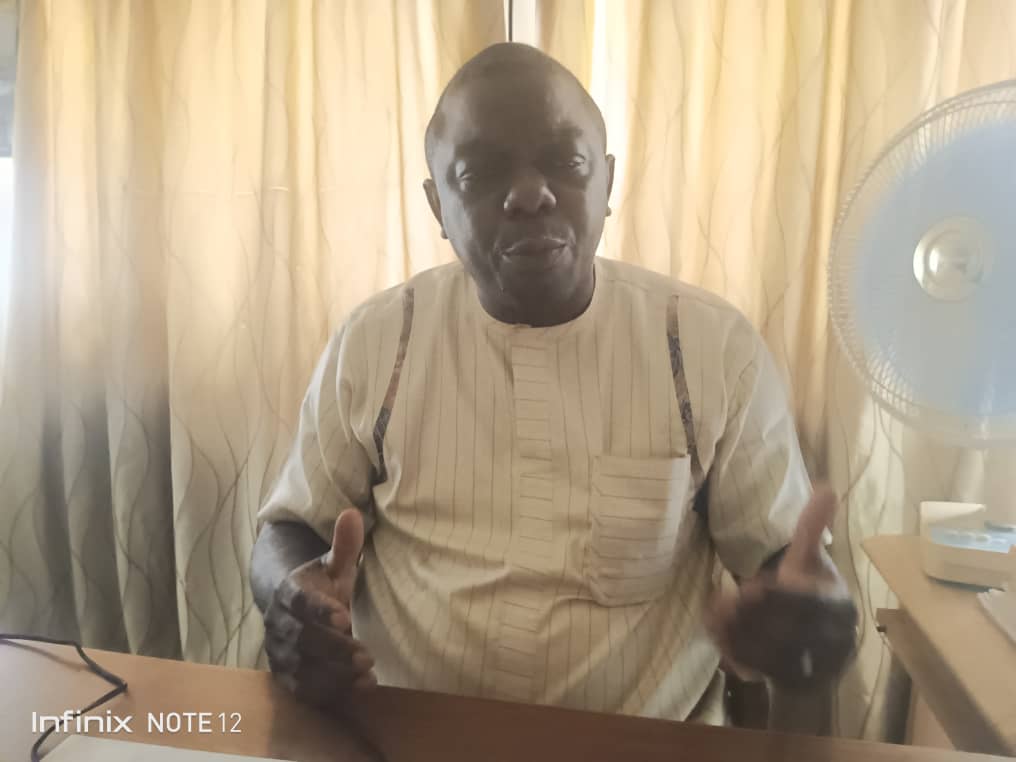
Digital literacy is another major concern as some PHC staff initially struggled with navigating digital tools.
However, the state government has responded with series of training and mentorship.
“We’ve conducted several digital skill workshops and hands-on sessions both physical and virtual to empower the doctors and health workers,” Obidike explained.
Skepticism also lingers among certain patients as some still prefer the traditional face-to-face doctor interaction and are unsure about remote consultations.
“But we have been encouraging them that the key message is access—regardless of the format. What matters is timely and professional care,” Dr Agba.
To combat power supply issues, the state has installed solar systems at most PHCs to ensure uninterrupted service.
Additionally, internet modems are regularly topped up to keep facilities connected.
Sustainability concerns
As the programme grows, questions around sustainability have surfaced. According to Dr Obidike, funding will be key. “We’re considering a small consultation fee in the future – not to commercialize the service, but to ensure it’s self-sustaining.”
To support the programme’s continuity, the state began procuring necessary infrastructure as early as August 2023.
In March 2025, the government distributed 350 telemedicine devices to 329 PHCs and 21 LGA health offices in partnership with local councils.
“This is a long-term investment in public health,” the Commissioner said.
Also, the telemedicine initiative is closely tied to Anambra’s broader digital transformation strategy.
To improve connectivity, the state waived Right-of-Way (RoW) charges, allowing telecom giants IHS Towers and Sultron to lay 600km and 100km of fibre optic cables, respectively.
There are also plans to further expand this, a development to benefit PHCs.
Government has installed free public Wi-Fi, branded as Solution Wi-Fi in 10 strategic locations, including tertiary institutions.
At an impressive 45.6%, household internet penetration in the state is among the highest in Nigeria.
Plans are also underway to establish an Internet Exchange Point (IXP) that will route local traffic more efficiently, lower internet costs, and reduce latency.
This will mean a critical improvement for real-time telemedicine.
Dr Njelita believes these steps are vital: “Once fibre connectivity reaches our villages, the quality and reliability of telemedicine will skyrocket.”
Striving towards UHC
For Anambra, the telemedicine programme is more than just a tech experiment—it’s a strategic move toward achieving Universal Health Coverage (UHC).
With consistent political will, better infrastructure, and continued community engagement, it could serve as a blueprint for other states.
“Consider what would have happened if the OIC in Obosi didn’t consult the doctor and claim to know everything.
The patient might have been mismanaged. Telemedicine made that access possible,” Dr Obidike happily noted.
The second phase of the programme, according to the Commissioner for Health, will bring consultations directly to patients’ homes.
“We’re laying the groundwork now. In the future, people in remote villages will consult doctors from their phones without stepping out.”

Although Anambra isn’t the first to implement telemedicine, its statewide rollout, backed by a digital strategy and infrastructure push, positions it as a leader in Nigeria’s healthcare revolution.
As residents look forward to more improvements, the ultimate success of the telemedicine programme will depend on how well the state sustains its current momentum—and how effectively it addresses its remaining challenges.
If these goals are met, Anambra’s digital leap could mark a turning point in Nigeria’s healthcare service delivery.


